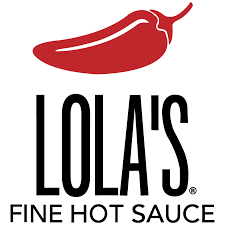May sees another decline for Iowa Leading Indicators Index

The Iowa Leading Indicators Index decreased 0.3% to 106.7 in May from a revised 107.0 in April.
During the six-month span through May, the index decreased 2.1%, an annualized rate of -4.2%. The six-month diffusion index remained unchanged at 12.5 in May.
A six-month annualized change in the index below -2.0% and a six-month diffusion index below 50.0 are considered a signal of a coming contraction when seen together. The six-month diffusion index remained in contractionary signals for the fifth month in a row, and the six-month annualized change remained below the contractionary threshold for the seventh month in a row.
The monthly diffusion index decreased to 18.8 in May from 25.0 in April. A diffusion index measures the proportion of components rising in a given time period. Components are assigned values based on how they increased or decreased over the time period and the assigned values for all the components are then added together.
The Iowa nonfarm employment coincident index recorded a 0.02% increase in May, the 26th month of growth. Long-term trends in the Iowa Leading Indicators Index suggests that nonfarm employment will decrease over the next three to six months.
Only one of the eight components increased month-over-month in May: residential building permits. The agricultural futures profit index, the new orders index, the national yield spread, the Iowa Stock Market Index, average weekly unemployment claims, average weekly manufacturing hours and diesel fuel consumption detracted from the index.
In May, residential building permits were at 1,327, up from 1,257 last year. The 12-month moving average increased to 994 in May from 988 in April. May permits were 0.6% above May 2022, and 15.9% above the monthly historical average.
The 12-month moving average of weekly manufacturing hours decreased to 39.33 in May from a revised 39.35 in April. In May, average hours were at 39.3, below the 39.5 hours in May 2022, and over an hour and a half below the historical monthly average.
The new orders index in May decreased to 52.3, compared with 61.0 in April. The 12-month moving average of the new orders index has decreased to 52.1 from 67.0 in May 2022.
During May, the 12-month moving average of weekly unemployment claims increased from 1,840 to 1,871. Unemployment claims were 27.5% above May 2022 claims, yet 36.8% below average historical claims for May.
Diesel fuel consumption decreased 5.8% between May 2022 and May 2023. The 12-month moving average decreased to 66.79 million gallons in May from 66.88 million in April.
The yield spread decreased in May and remained in inversion territory (below 0) at -1.74% from -1.61% in April. May is the seventh month in a row that the yield spread has been in inversion. The long-term rate increased 11 basis points while the short-term rate increased 24 basis points.
Only six of the 28 Iowa-based or Iowa-concentrated publicly traded companies on the Iowa Stock Market Index gained value, and two of the 10 financial-sector companies increased. With fewer than a quarter of the stocks experiencing gains, the stock market index decreased to 115.09 in May from 119.51 in April.
In May, the agricultural futures profit index showed an expected decrease in profits in both crop commodities and live cattle. Lean hogs were the only commodity with an expected profit increase. Compared with last year, new crop corn prices were 29.5% lower while soybean prices were 18.7% lower. The May crush margin for cattle decreased 5.8% from April while the crush margin for hogs increased 16.4%.









